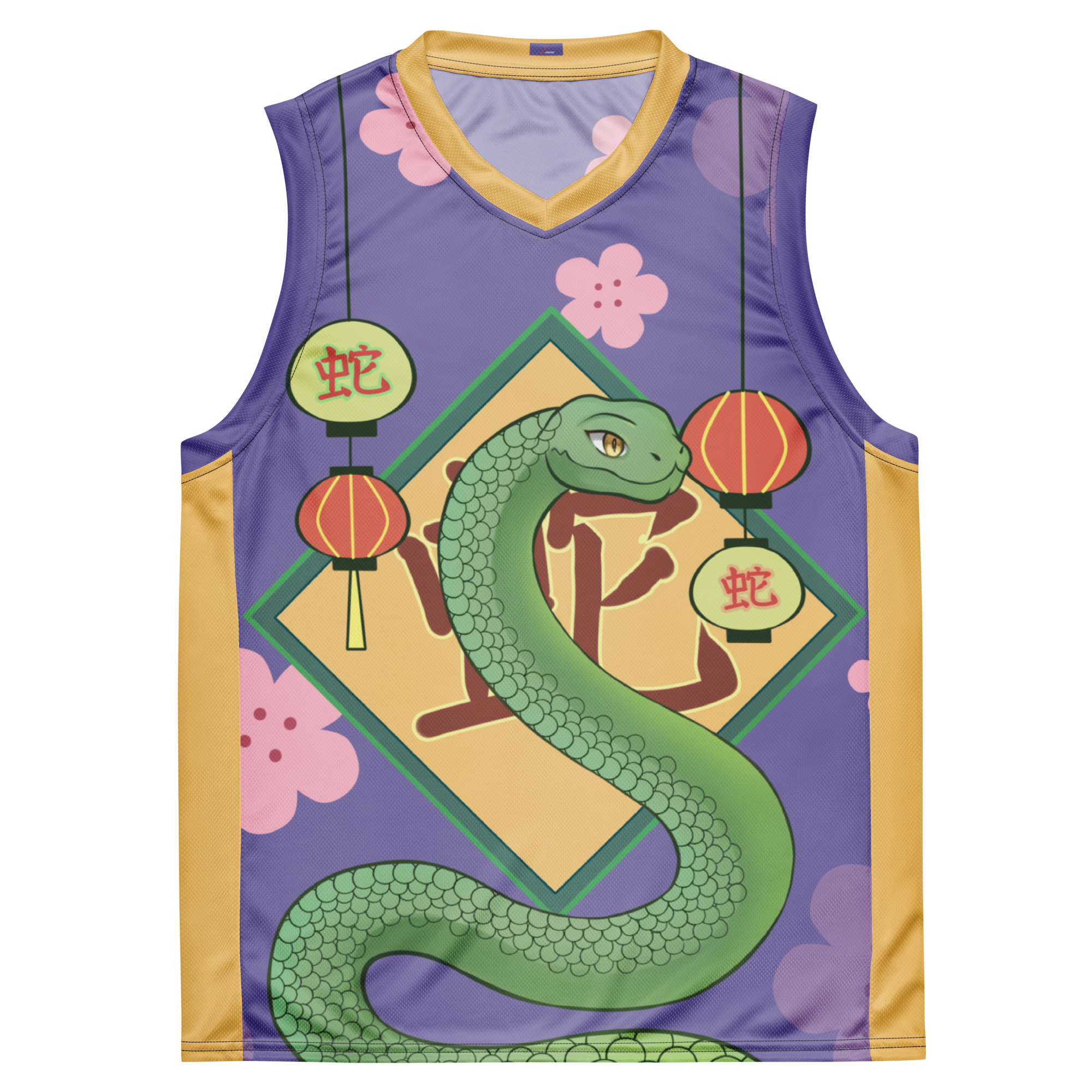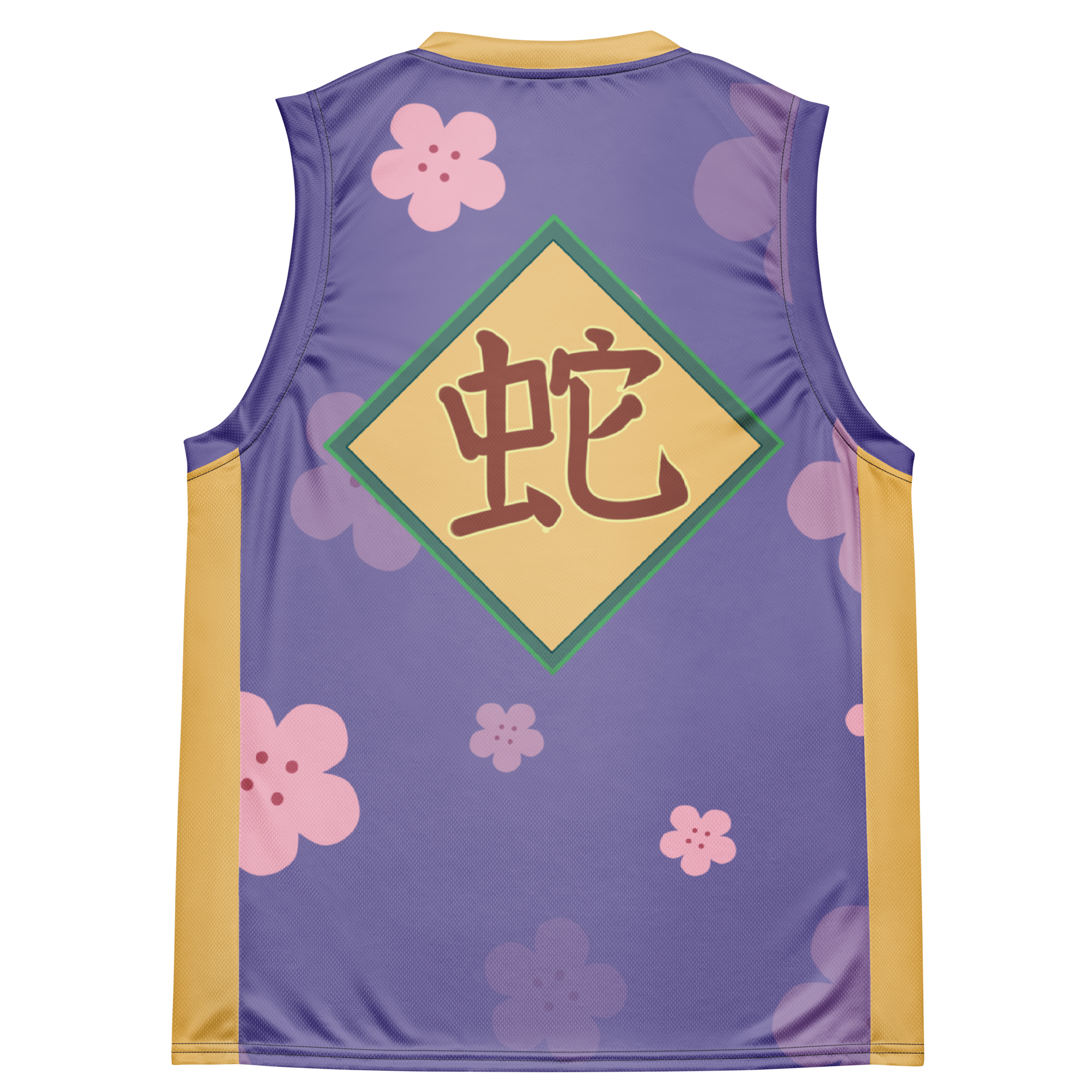
Anime, a term used to describe Japanese animation, has gained immense popularity worldwide over the past few decades. With its unique art style, diverse genres, and captivating storylines, anime has attracted a massive fanbase that spans across all age groups and cultures. As more and more people discover the wonders of anime, newcomers are drawn to this fascinating medium every day.
However, while anime offers a wealth of entertainment and storytelling possibilities, it can also present certain elements that may confuse or even make non-anime fans uncomfortable. From controversial character tropes to graphic violence and complex plotlines, anime sometimes ventures into territories that may be unfamiliar or unsettling to those who are not well-versed in the medium. In this blog post, we will explore seven things that anime does which can leave non-anime fans scratching their heads or feeling uneasy.
1. Lolicons - old characters with inappropriate relationships
One of the most controversial and unsettling aspects of anime for many non-fans is the presence of "lolicons" - characters who are depicted as being attracted to or in relationships with underage girls. Lolicon, short for "Lolita complex," is a genre of anime and manga that features sexualized portrayals of young female characters. Source: The Federal Criminal Attorneys
While lolicon content is more prevalent and accepted in Japan, it is often met with strong opposition and disgust in Western countries. The idea of grown adults being romantically or sexually involved with underage characters is deeply unsettling to many people. Non-anime fans may struggle to understand why such content exists and how it can be tolerated within the anime community.
It's important to note that not all anime contains lolicon elements, and many anime fans themselves condemn the sexualization of minors. However, the existence of this controversial genre can be a major source of confusion and discomfort for those unfamiliar with anime. Source: Reddit
2. Extreme gore scenes that can be unsettling to non-anime fans
Another aspect of anime that can be shocking to non-fans is the presence of graphic violence and gore. While not all anime contains explicit violence, certain genres like horror, action, and seinen (aimed at mature audiences) can feature incredibly detailed and disturbing depictions of blood, guts, and brutality.
For those accustomed to more tame Western animation, the level of violence in some anime series can be deeply unsettling. Scenes of characters being dismembered, impaled, or subjected to other forms of extreme violence can be difficult to watch, even for seasoned anime fans. Non-anime fans may wonder why such graphic content is necessary or how it contributes to the story.
The reason behind the prevalence of gore in some anime can be attributed to the lack of censorship compared to Western media. Anime is often seen as a "pure" and unfiltered form of expression in Japan, allowing creators to push boundaries and explore mature themes without the constraints of strict content regulations. Source: Quora
3. Overly dramatic reactions and emotions in anime
One of the most noticeable and sometimes perplexing aspects of anime for non-fans is the exaggerated and overly dramatic way in which characters express their emotions. From comically large sweat drops to exaggerated facial expressions and over-the-top reactions, anime often takes emotional expression to the extreme.
For those not used to this style of animation, the hyper-expressive nature of anime characters can be confusing and even off-putting. Non-anime fans may find it difficult to take the story or characters seriously when their emotions are portrayed in such an exaggerated manner.
However, this exaggeration of emotions is often a deliberate artistic choice in anime. It stems from the need to convey complex emotions and reactions in a visual medium, especially when adapting from manga, where it can be challenging to express nuance without the use of techniques like screen tones or background details. Source: Anime & Manga Stack Exchange
4. Complex plotlines that may confuse new viewers
Anime is known for its intricate and sometimes convoluted storylines that can leave even dedicated fans scratching their heads. Many anime series feature multiple plot threads, time jumps, alternate universes, and a large cast of characters with complex relationships and motivations. For non-anime fans who are used to more straightforward narratives, these elements can be overwhelming and difficult to follow.
The complexity of anime plots can be attributed to various factors, including the adaptation process from manga to anime, the desire to explore deep themes and character development, and the influence of Japanese storytelling traditions. Some anime series are intentionally crafted to be puzzling and open to interpretation, leaving viewers to piece together the clues and unravel the mysteries.
However, this complexity can also be a barrier for newcomers to anime. Without prior knowledge of the genre's conventions or the patience to follow intricate storylines, non-anime fans may find themselves lost and frustrated. It's important for anime enthusiasts to recognize that not everyone may appreciate or enjoy the same level of narrative complexity. Source: Quora
5. Cultural references and humor that are difficult to understand
Anime is deeply rooted in Japanese culture, and as such, it often contains references, jokes, and cultural nuances that may be lost on non-Japanese viewers. From puns that rely on Japanese wordplay to references to historical events or pop culture phenomena, anime can be filled with elements that are difficult for outsiders to grasp.
For example, an anime series might make a joke about a specific Japanese celebrity or TV show that is well-known in Japan but obscure to international audiences. Or a character might use a Japanese idiom or slang term that doesn't have a direct translation or equivalent in other languages. These cultural barriers can make it challenging for non-anime fans to fully appreciate the humor or depth of the series.
Moreover, anime often explores themes and issues that are specific to Japanese society, such as the pressure to conform, the importance of group harmony, or the struggles of modern youth. Without a proper understanding of the cultural context, non-anime fans may find it difficult to relate to or understand the motivations behind certain character actions or plot developments.
6. Fan service and sexualized content in some anime
Another aspect of anime that can be off-putting to non-fans is the prevalence of fan service and sexualized content in certain series. Fan service refers to the inclusion of elements designed to titillate or please the audience, often through the sexualization of characters or the use of suggestive imagery.
While not all anime contains fan service, it is a common trope in many popular series, particularly those aimed at a male demographic. This can include everything from gratuitous shots of female characters in revealing clothing to more explicit sexual content. For non-anime fans who are not used to this level of sexualization in animation, it can be shocking and uncomfortable.
The debate surrounding fan service in anime is complex and ongoing. Some argue that it is a harmless form of entertainment that caters to the desires of the audience, while others see it as objectifying and degrading to women. Regardless of one's personal stance, it's important to recognize that the presence of sexualized content can be a significant barrier for non-anime fans who may not want to engage with media that makes them feel uneasy. Source: Psychologs
7. Fantasy elements and supernatural occurrences that defy reality
Anime is a medium that often embraces the fantastical and the supernatural, creating worlds where the impossible becomes possible. From magical powers to mythical creatures and alternate realities, anime frequently incorporates elements that defy the laws of physics and logic.
For non-anime fans who are more accustomed to grounded, realistic storytelling, the presence of these fantasy elements can be jarring and difficult to suspend disbelief for. They may struggle to immerse themselves in a world where characters can fly, shoot energy beams from their hands, or interact with gods and demons on a regular basis.
However, it's important to understand that the inclusion of fantasy and supernatural elements in anime is often a deliberate creative choice. These elements allow for the exploration of themes and ideas that might be difficult to address in a more realistic setting. They also provide a sense of escapism and wonder, transporting viewers to imaginative realms where anything is possible.
Conclusion
Anime is a rich and diverse medium that has captured the hearts of millions around the world. However, as we've explored in this blog post, it also contains elements that can be confusing, unsettling, or downright uncomfortable for those who are not well-versed in the genre.
From controversial character tropes like lolicons to graphic violence and complex plotlines, anime sometimes ventures into territories that may be unfamiliar or off-putting to non-fans. Cultural differences, exaggerated emotional expressions, and the prevalence of fan service can also contribute to the sense of disconnect that some newcomers feel when engaging with anime.
It's important for both anime fans and non-fans alike to recognize and respect these differences in perception. Not everyone will enjoy or appreciate the same aspects of anime, and that's okay. By fostering open-mindedness, empathy, and a willingness to learn, we can bridge the gap between anime enthusiasts and those who may feel confused or uncomfortable with certain elements of the medium.
Ultimately, anime is a vast and varied landscape, with something to offer for everyone. By understanding and acknowledging the aspects that may be challenging for non-fans, we can work towards creating a more inclusive and welcoming community where all can appreciate the artistry, creativity, and storytelling potential of this beloved medium.


































Leave a comment